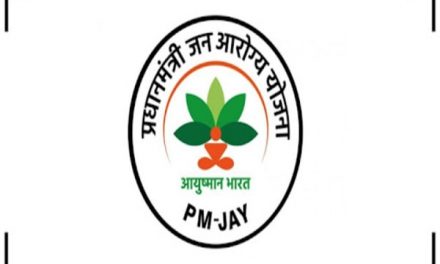New TDS rules: The income tax department has amended the TDS form, making it more comprehensive and mandating deductors to state reasons for non-deduction of tax. As per the amended form, banks will also have to report Tax Deducted at Source (TDS) for cash withdrawals above Rs 1 crore.
The Central Board of Direct Taxes (CBDT), through a notification, amended Income Tax Rules to include TDS on e-commerce operators, dividend distributed by mutual funds and business trusts, cash withdrawals, professional fees and interest. The government revised the format of forms 26Q and 27Q, where details of TDS amount deducted and deposited on various resident and non-resident payments are to be filled.
Note that Form 26Q is used for quarterly filing of TDS returns on any payment other than salary to Indian residents by the government, corporates operating in India, while Form 27Q is used for quarterly filing of TDS returns electronically on any payment other than salary to non- residents, including NRIs and foreigners. Aside from govt deductors, all other deductors are mandated to mention their PAN in the form.
TDS rules for those who have filed ITR for last 3 years:
In the Union Budget 2019, the government had introduced new Section 194N in the Income Tax Act under which TDS on cash withdrawals over and above ₹1 crore is imposed. Banks, co-operative banks and post offices fall under its purview.
“For example, if a person withdraws ₹99 lakh in the aggregate in the financial year and in the next withdrawal, an amount of ₹1,50,000 is withdrawn, the TDS liability is only on the excess amount of ₹50,000,” explains ClearTax in a note on the TDS rule.
However, for those whose PAN (Permanent Account Number) is not updated in the bank’s records, then a much higher TDS of 20% is deducted under Section 206AA of the Income Tax Act.
If you have submitted PAN and have also filed ITR for last three years, then no TDS is charged for aggregate cash withdrawals of less than ₹1 crore.
Your bank may ask you to submit ITR-V (acknowledgement of filing of ITR) of last three years as proof. Alternatively, you can also request the bank to verify TDS rate directly on the income tax department’s e-filing portal where a tool to determine TDS rate under Section 194N has been enabled.
TDS rules for those who have not filed ITR:
If you have not filed ITR for three years immediately preceding this year, then the rate of TDS deduction increases.
For cash withdrawals upto ₹20 lakh: No TDS
For cash withdrawals of ₹20 lakh- ₹1 crore: TDS at the rate of 2%
For cash withdrawals exceeding ₹1 crore: TDS at the rate of 5%
Although the new TDS rule came into force from July 1, the cash withdrawal limit for this financial year will be considered from April 1, 2020.












